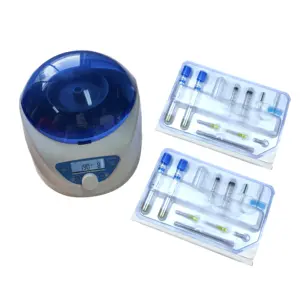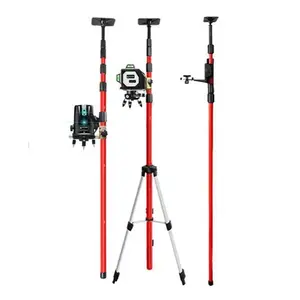Sektörünüzde popüler







































































özgül ağırlık testi toprak hakkında
Farklı test ihtiyaçları için tasarlanmış toptan satış özgül ağırlık testi toprak'u keşfedin. Mevcut çok çeşitli mantık analizörleri, hem dijital elektroniklerle hem de dijital devreler ve sistemlerle düzenli olarak çalışan şirketler ve bireyler için faydalı olacaktır. Bunun gibi kaliteli test ekipmanı edinmek, dijital tasarımlar için doğrulama ve hata ayıklama sürecini çok daha verimli hale getirmeye yardımcı olacaktır. Sistemde çalışan bir mühendis, sistemden veya dijital devreden gelen birden fazla sinyali yakalayıp görüntüleyerek ortaya çıkan sorunları kolayca giderebilir.
Lider markalara ait çok taşınabilir ve çok sayıda elektrikli test kalemi vardır. kişisel veya ev kullanımı için de uygundur. Bu kalemler, güvenli elektrik işleri sağlamak için elektrik prizlerinde herhangi bir çalışmaya başlamadan önce elektrik gücünü kontrol etmek için önemli araçlardır. Kalem voltajı test cihazları gibi öğeler küçük ve kullanışlıdır ve bir tanesine sahip olmak, elektrik sistemleriyle çalışırken güvenliğe yardımcı olacaktır. Gibi geniş bir voltaj dedektörü yelpazesi, ayrıcalıklı toptan satış fiyatlarıyla mevcuttur.
Birkaç popüler ve lider markadan özgül ağırlık testi toprak sunuyoruz. Amper pens metre gibi ekipmanlar hızlı ve etkili akım ölçümleri için uygundur. Temassız ölçüm için kullanılabilir ve AC ve DC ölçümleri için basit ve etkili bir araçtır. Fiber optik kabloları test etmek için araçlar gibi daha özel ürünler için, fiber kabloların bütünlüğünü test etmek için kullanılan OTDR olarak da bilinen optik zaman alanlı reflektometreler sunuyoruz. Bu tür ekipmanlarla mühendisler, optik telekomünikasyon ağlarının uygun şekilde bakımını yapmak için verimli bir şekilde sorun giderebilir ve üzerinde çalışabilir.










